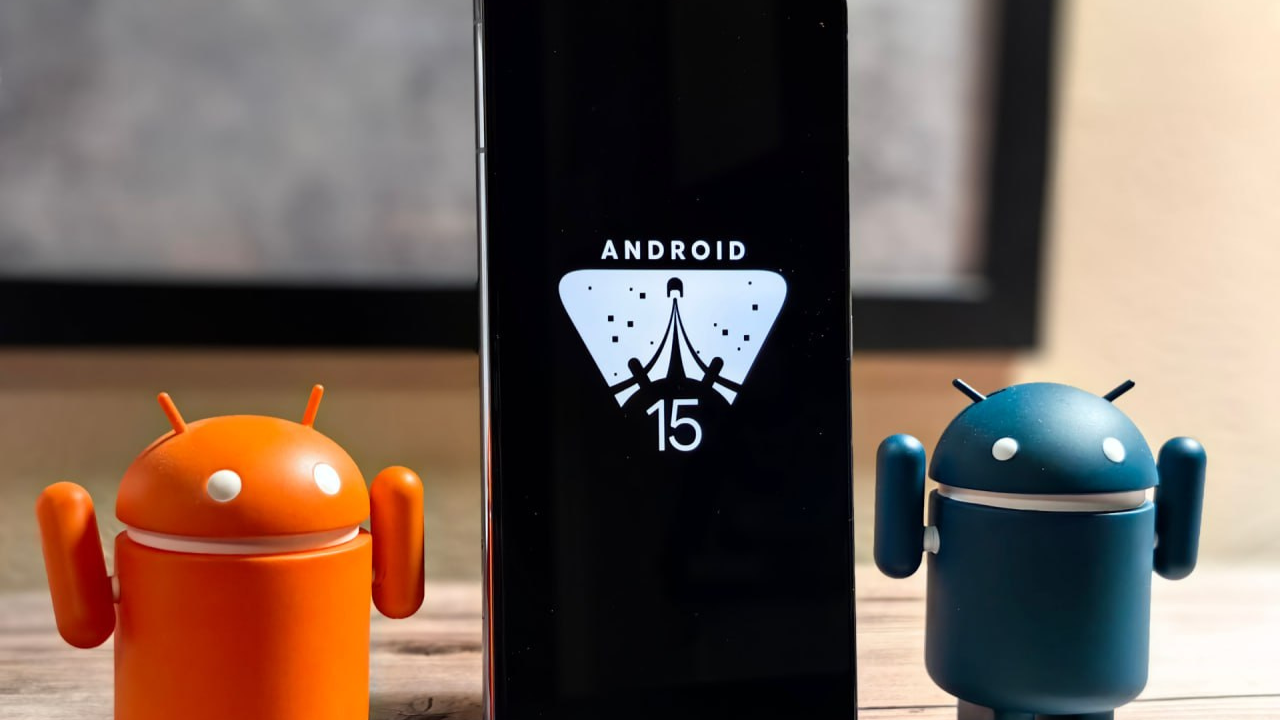Let’s say your phone can reveal your location to strangers using only certain apps or it can also report it to cellular carriers. Furthermore, this has been the case for Android users, although there is a new thing to look for with Android version 15.
Until now, managing your apps’ access to your location on Android has been easy – previously it was just a matter of turning a switch to the ‘on’ position or vice versa. Additionally, wireless carrier networks may determine the area in which you are located based on request. This is an innovative update that provides “Location Privacy HAL” which is a game-changer for user privacy.
The question is either how it works or, in the shorter version, how it works. Cellular radios are fitted to the Android OS through a body of code called the Apache HAL API, HAL standing for Hardware Abstraction Layer, which mediates their interaction. Now with Android 15, radio manufacturers can add supplemental functions to the new HAL, allowing the radio to reveal your location only in times of emergency.
There are several ways to join the carriers’ lists and find out the location of the one you want. This scenario is about your phone popping up on the points network (PH-SG12). While NIPR is the main trigger point, the term they use for the interaction between the device and the network, there is also Network Initiated Location Request (NI-LR) where the network itself triggers the process, and often this occurs in response to critical conditions. Is for. The fact that certain situations are not covered by users’ privacy settings, or that NI-LR has been allowed to get around them, constitutes an exception.
By deploying the new HAL, the society enters a new phase. Combined with the same type of radio, Android 15 can use Android 15 to restrict non-emergency location sharing for NI-LR. This gives you the power to disclose your location details in a way that suits your convenience, even to your carrier.
Although complete privacy on cellular networks may still be a dream, it is notable that they have taken a huge step forward. It may be a Stingray device simulating cell towers and the program may be able to prevent your phone from being spoofed in this way.
However, it is important to know that this option is probably only available with the support of radio vendors. On the contrary, Pixel phones also deserve to be equipped with Android 13 as they are going to get it as per the custom Tensor chipset. Even with other manufacturers having some degree of control over where to point out the Contact bug to carriers, it seems like Android 15 will have promising developments.
Doing this gives you back control over your location data. Privacy savvy goal, it feels like you are safe in a way, knowing your whereabouts at any time is controlled.




